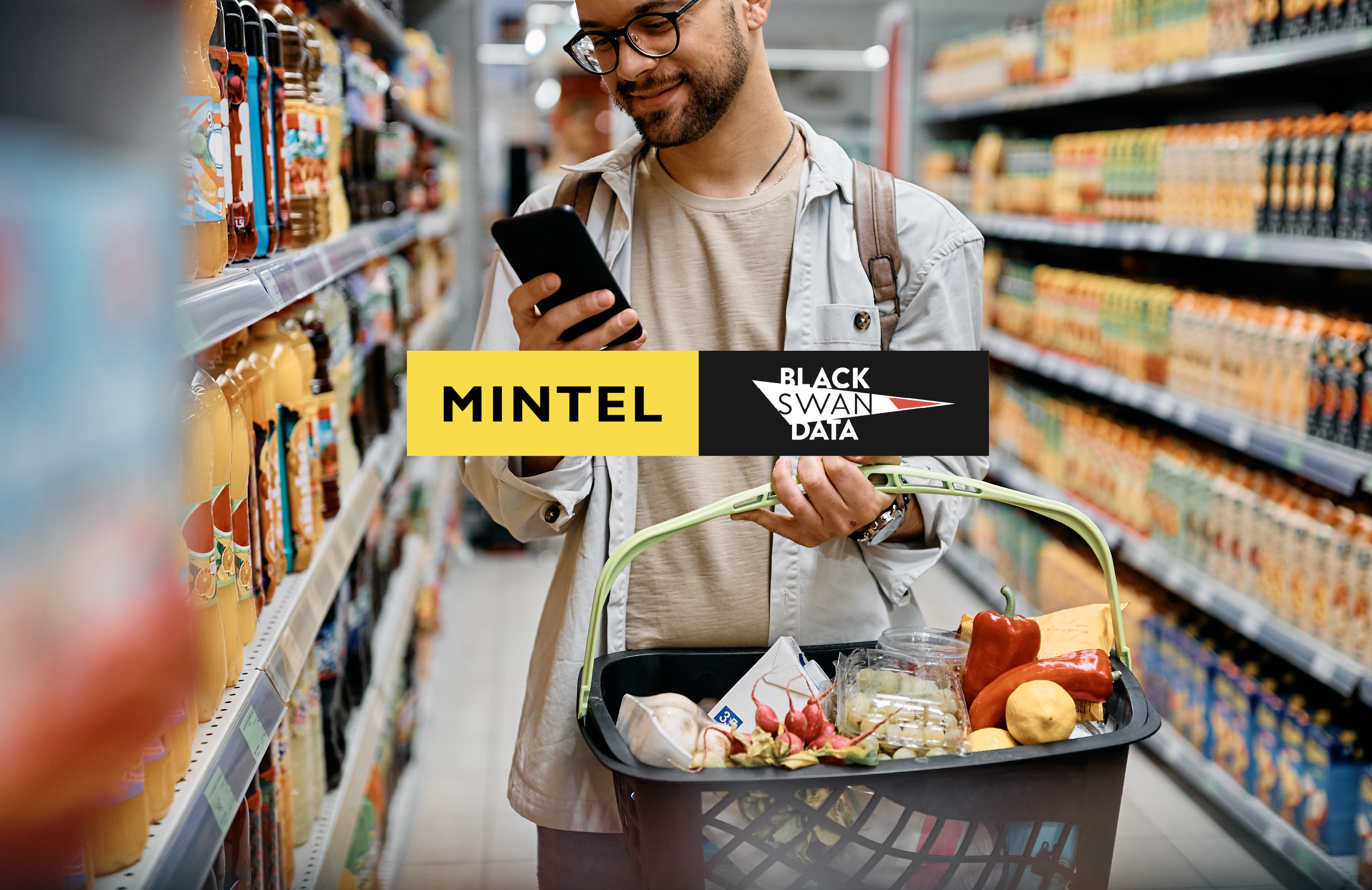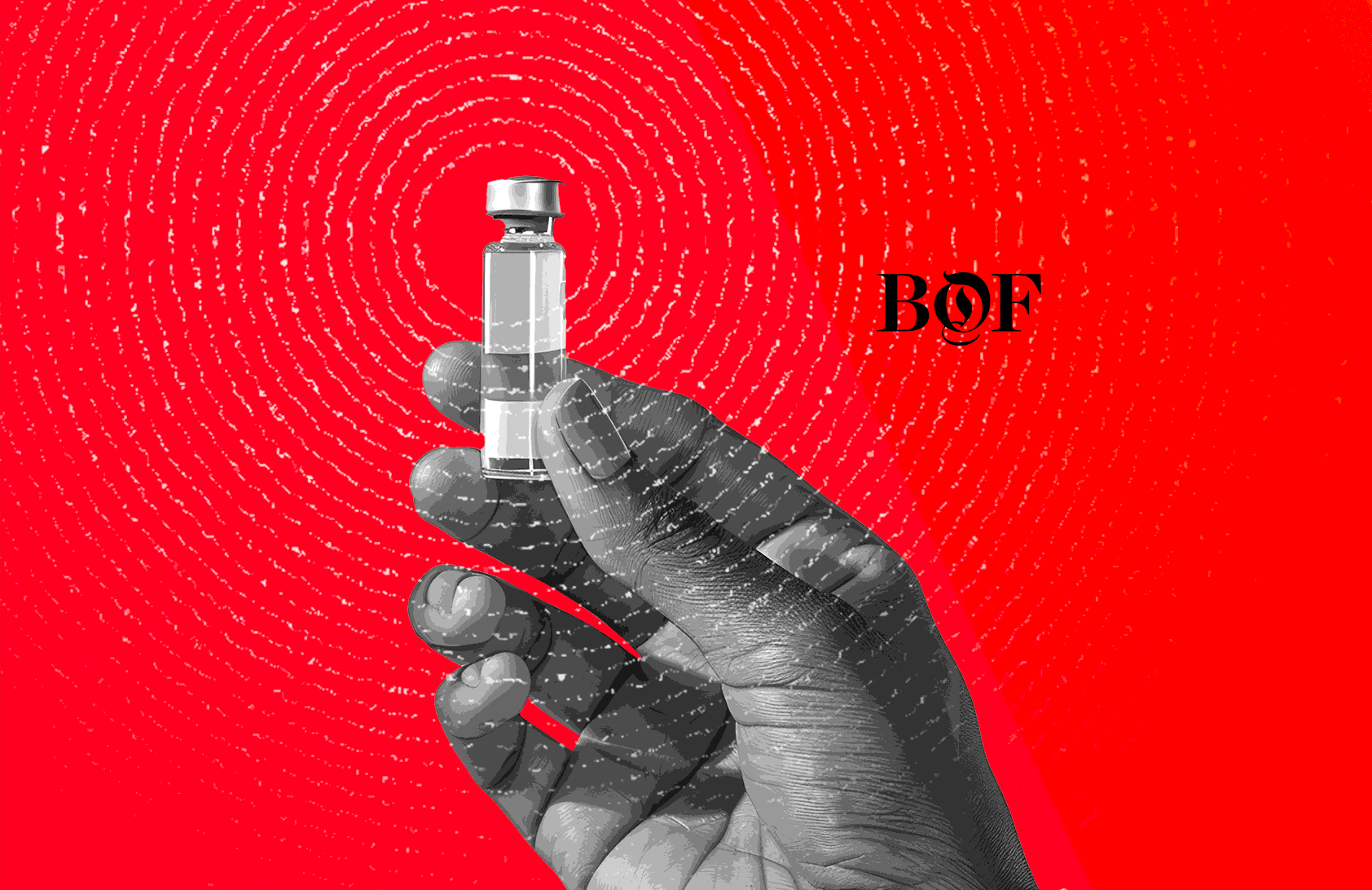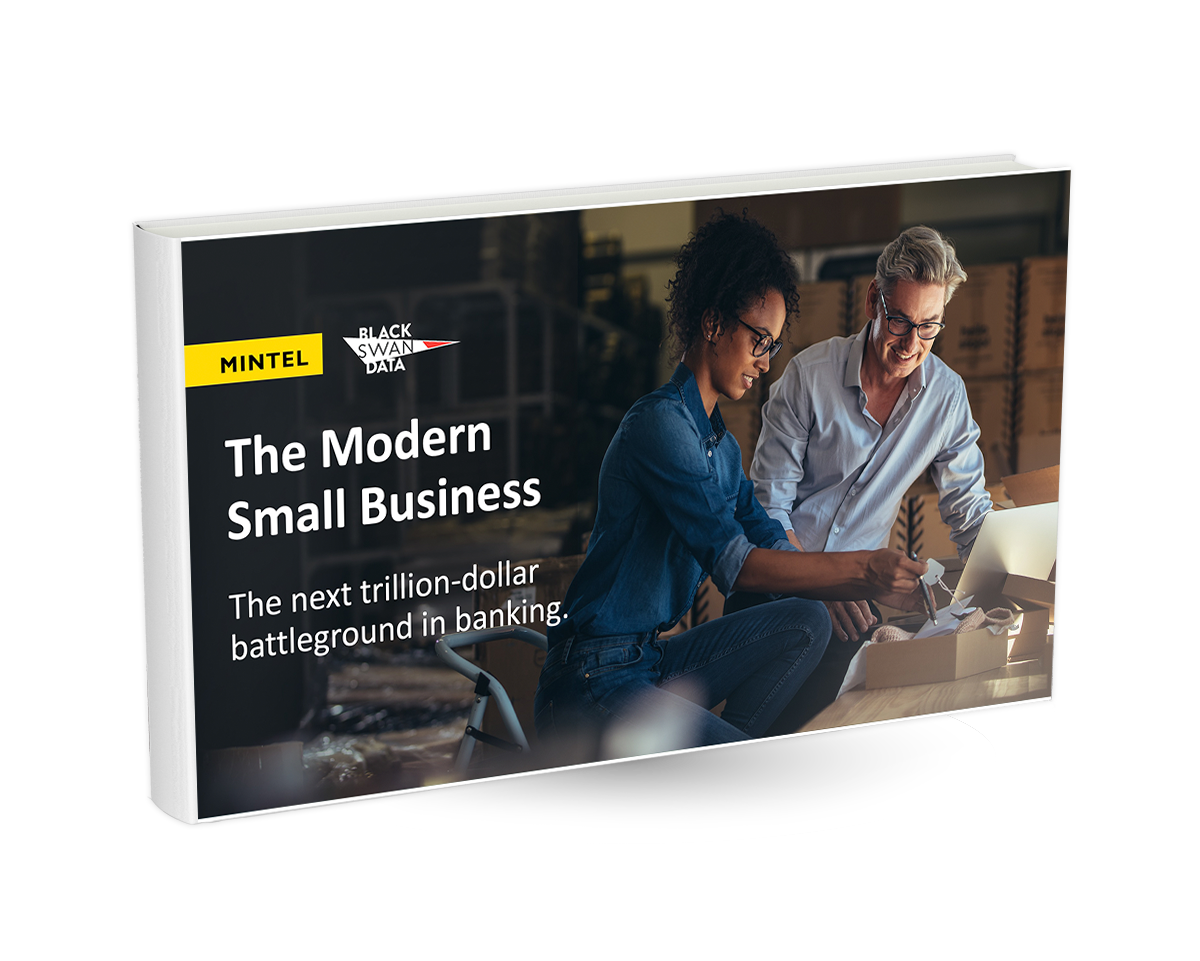Here at Black Swan Data, we are proud to be
recognised as a Twitter Official Partner. The Official Partner badge is awarded to a handful of select companies who have been independently evaluated as best-in-breed solutions, which in our case is using social intelligence to anticipate and predict consumer behaviour for marketing and innovation strategy.
Beyond the stamp of endorsement of the Twitter badge, as a Partner we also get to work together on cool projects like their
Birdseye report a series of ground-breaking studies that unearths the trends driving conversation across multiple categories, one of which is
Alcoholic Beverages. In this post, we’ll give you a taster of some of our key findings.
What we found
As with all our reports, we’ve used our TRENDSCOPE SaaS platform to analyse millions of publicly available consumer conversations around the consumption of Alcohol to identify three key trends that are driving the conversation, and by extension, consumer preferences in this fast-changing category.
Healthier Drinking? 11% more consumers say “Yes”.
Non-alcoholic beverages are getting an upgrade. More people are exploring the Low and No Alcohol space, looking to drink cleanly and avoid the effects of alcoholic beverages. This is also driving preferences towards plant-based ingredients like Lychee, Grapefruit or Orange, as we saw from an 11% increase in the conversation around healthy ingredients over the past couple of years.
More than one in ten switch to the canned Piña Colada.
Making it easy. With a 12% YoY change for the period of September 2020-21 versus the same period between 2019 and 2020, it is clear that after two years of lockdowns and increased time spent at home, consumers have turned to recreating the taste experience they would normally receive at a restaurant or a bar using ready-to-drink options. This is partly because of the convenience these formats offer, as well as continued supply issues that have made getting access to ingredients to make your own cocktail at home restricted.
American brands and products see 33% increase in conversations.
Beyond the comfort zone. Tired of the same old? Evidently, with a 24% increase in conversations around this topic. Consumers are expanding their alcohol choices and are looking for international drinks and brands that are authentic with interesting product stories. Consumers are increasingly discussing trying new European and Asian offerings as well as artisanal, local American brands and breweries – especially when it comes to Low & No options. Another area of growth is the curiosity around influencer-led brands and the increasing role celebrity figureheads are playing in driving trial and preference. Overall, we can see that consumers are curious and looking for accessible, convenient ways to explore different areas within the alcohol space. Across the entire category, new ingredients, international variants and rich flavors are gaining ground. At the same time, health-conscious consumers want less additives and more plant-based ingredients. All of these need to be considered both when developing new products as well as when designing the communications campaigns around them.
Want to read the full report, including key statistics, analysis and recommendations, as well as links to other category reports? Then head over to
Twitter’s Birdseye report, or learn more about our technology and what
TRENDSCOPE does here.















